Financial Wellbeing and Stress
- REGION :Australia
- DATE : September 6, 2022
- AUTHOR : Anna Perera-Shaw
Financial Wellbeing and Stress
- REGION :Australia
- DATE : September 6, 2022
- AUTHOR : Anna Perera-Shaw
What does it mean to be at an optimal level of financial wellness?
Financial wellbeing is an area that has become increasingly important in recent years following heightened levels of financial stress and uncertainty as the global pandemic emerged, and there have been growing efforts among institutions within the financial services industry to address financial wellbeing, literacy and resilience through initiatives such as dedicated products, education programs and campaigns.
Financial wellbeing can encapsulate many components including stability, security, and confidence, however, in the context of this article, the definition is focused on how consumers manage their expenses, how they budget their money and how prepared they would feel in the event of an emergency or unexpected expense. RFI Global data from early 2022 shows that less than 1 in 5 (19%) Australians aged under 25 strongly agree (8+/10) that they are at an ‘optimal’ level of financial wellness. This is only marginally lower than those aged 25 to 34, with 1 in 5 (21%) agreeing with this statement and significantly lower than those aged 55 and above, with 2 in 5 (39%) indicating they are at an ‘optimal’ level of financial wellness.
Personal income does have some influence as RFI Global data shows the likelihood of agreeing with this statement increases with income and is highest for those with an income greater than $150,000, however this is only a fraction of the Australian population. For those with an income below $50,000, which, as per the latest census data, is the average personal income of an Australian ($41,900), just over 1 in 5 (22%) strongly agree they are at an ‘optimal’ level of financial wellness, with 1 in 4 (27%) disagreeing (0-4/10) with this statement.
Financial wellness is impacted by a range of factors including age, gender, home ownership status and income, and Your Financial Wellness data from 2022 shows that nearly half (46%) of Australians experience some form of financial stress, with over half (51%) indicating they sometimes worry about meeting monthly expenses. RFI Global data shows that just under 1 in 2 (46%) Australians strongly agree they are able to pay their bills on time, and less than 1 in 3 (30%) agree that they feel in control of their everyday spending. Younger Australians are less likely than older Australians to agree with these statements, as are those with personal incomes lower than $50,000.
Financial literacy is also important to consider as this impacts levels of confidence in making financial decisions and taking out and maintaining different financial products. According to RFI Global data, only 1 in 4 (27%) Australians feel confident making decisions about finances and banking, and 1 in 5 (22%) agree they are good at staying on track to meet savings goals. When looking into savings goals, RFI Global data illustrates that the top savings goals include having a financial buffer/safety net (15%), saving for a house deposit (12%) or travel/holiday (12%). Savings account holders under the age of 25 are most likely to be saving for a home, and this proportion has increased consistently from 2020 onwards.
Has the level of mortgage stress increased after the peak of the pandemic?
We cannot ignore the impacts of recent years on consumer sentiment, particularly among the one-third of Australians who currently live in a home with a mortgage. 1 in 2 (51%) mortgage holders indicate that they are concerned about further cash rate increases in 2022, and this is even higher for first home buyers (59%). Mortgage stress is also rising, although it has not returned to the level it was at during the start of the pandemic, 1 in 4 (24%) borrowers indicated they expect to struggle to meet repayments, and stress has risen over the last 12 months from 11% in September 2021 to 18% in March 2022. It can be expected that this proportion will continue to increase, particularly given RFI Global data shows that expectation of mortgage stress is driven by rising cost of living (83%), higher grocery prices (75%) and the cost of mortgage repayments (72%) which are not likely to ease in coming months.
Borrowers who are expecting to struggle to meet their repayments are most likely to indicate they will cut daily expenses or cut non-essential spend, and this proportion is higher than the likelihood of borrowers expecting to dip into offset or redraw funds, use savings or refinance their loan to access a lower rate.
What needs to be done to improve financial wellness among young Australians?
Being in control of money, according to RFI Global data, is most likely to be defined as having financial stability (28% ranked this as #1), having minimal debt (16% ranked this as #1) or having a safety net/ leftover funds in case of emergency (15% ranked this as #1). There is also opportunity for financial tools to play a role, particularly given that consumers under 25 are more likely than older consumers to indicate that knowing when to spend and when to save or knowing where to hold their savings is what drives a sense of feeling in control of money.
The topic that needs to be considered is how we can improve financial wellness for consumers across Australia, with a particular emphasis on younger consumers and the new generation of prospective home buyers.
We know, according to RFI Global data, that younger consumers are less likely to agree they are at an optimal level of financial wellness, and it is evident according to the Your Financial Wellness dataset that highlights consumers under 29 have the lowest level of financial wellness compared to other age groups. Money is not something consumers necessarily feel comfortable talking to friends or family about, and less than 2 in 5 (37%) Australians aged 16 to 21 indicate they discuss banking and finance topics with their friends. However, 1 in 2 (49%) consumers within this same age cohort indicate they do try to stay informed about money matters and finances, and consumers under 44, particularly those aged under 25, are more likely than older age groups to read and follow the advice of financial help books and podcasts, suggesting there is an openness for learning and engagement with these topics.
While there is a broader need for a national strategy on financial literacy and wellbeing, there is an opportunity for creativity and innovation in how financial education programs and initiatives are approached, how dialogue about banking and money management can be encouraged and how positive sentiment towards money management and savings can be fostered to help consumers set and work towards realistic savings goals.
Anna Perera-Shaw is a Director of Consumer Credit, Deposits & Payments at RFI Global. Financial Wellbeing is her passion, reach out to Anna to learn more about this topic.
Current
Loud Budgeting and the Big Switch
21 Feb 2024 \ Budgeting
Avoiding the ‘Intergenerational Tragedy’
28 Nov 2023
The Rise of Mobile Wallets in Canada
14 Sep 2023 \ Payments
SME’s, Stress and Scrutiny of costs
29 Jun 2023 \ Sentiment \ SME
BNPL – Regulation and Legacy
31 May 2023 \ BNPL \ Regulation
March Trends Newsletter, The MacroMonitor
14 Mar 2023 \ Women
February Trends Newsletter, The MacroMonitor
15 Feb 2023
2023 – The Year of SoftPOS?
14 Feb 2023 \ SoftPOS
A Year in the Life of BNPL
02 Feb 2023 \ BNPL
January Trends Newsletter, The MacroMonitor
20 Jan 2023
2022 – The year that was
17 Jan 2023 \ banking predictions
Winning with Cross-Sell, Singapore Webinar
01 Nov 2022 \ webinar
Who are the FiTeRRs?
13 Sep 2022 \ inflation \ Mortgages \ Youth Banking
The Canadian Mortgage Market
08 Jun 2022 \ Canada \ Mortgages
The Global State of BNPL | Regional Deep Dive
05 May 2022 \ BNPL
RFI Report | Banking on Digital
30 Oct 2021 \ Global \ mobile banking
The BNPL Juggernaut
24 May 2021 \ BNPL \ In-depth Insights
Driving Sustainability in Finance
25 Apr 2021 \ Sustainability






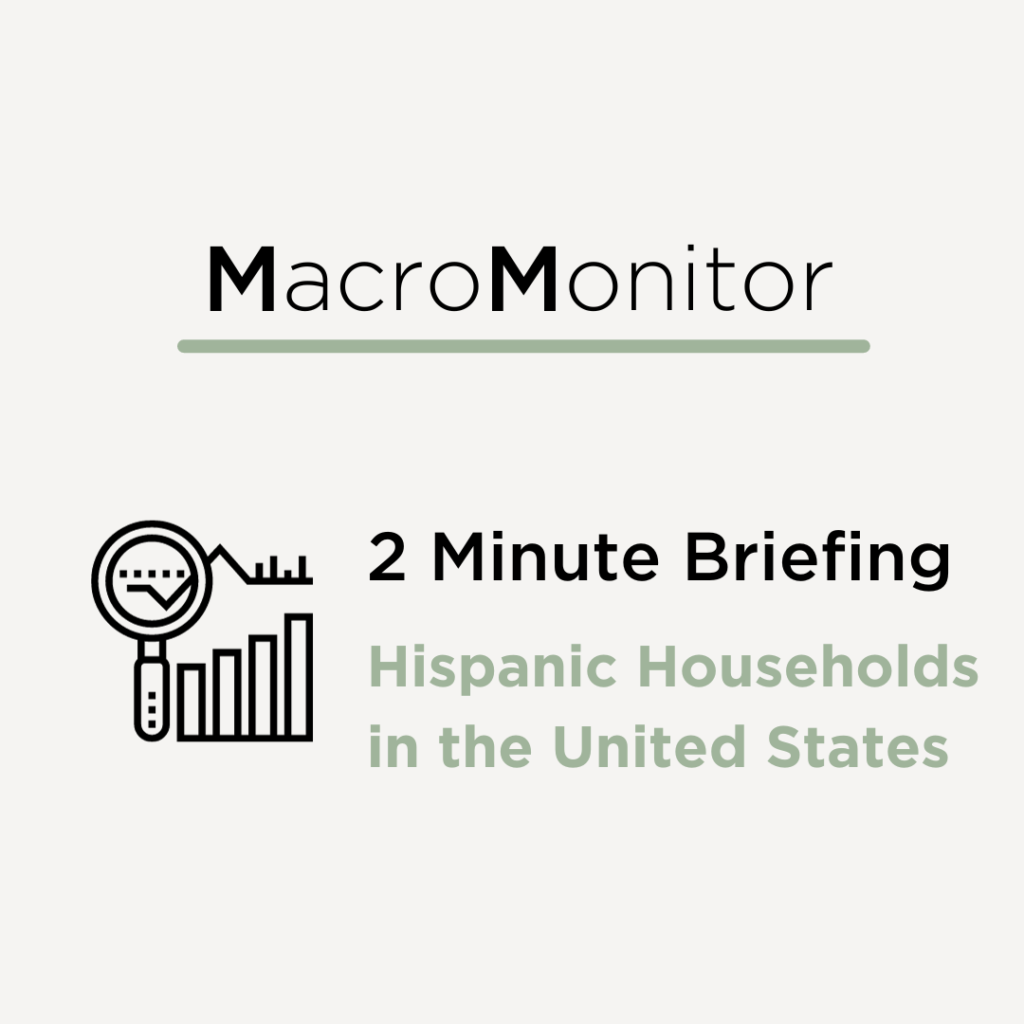













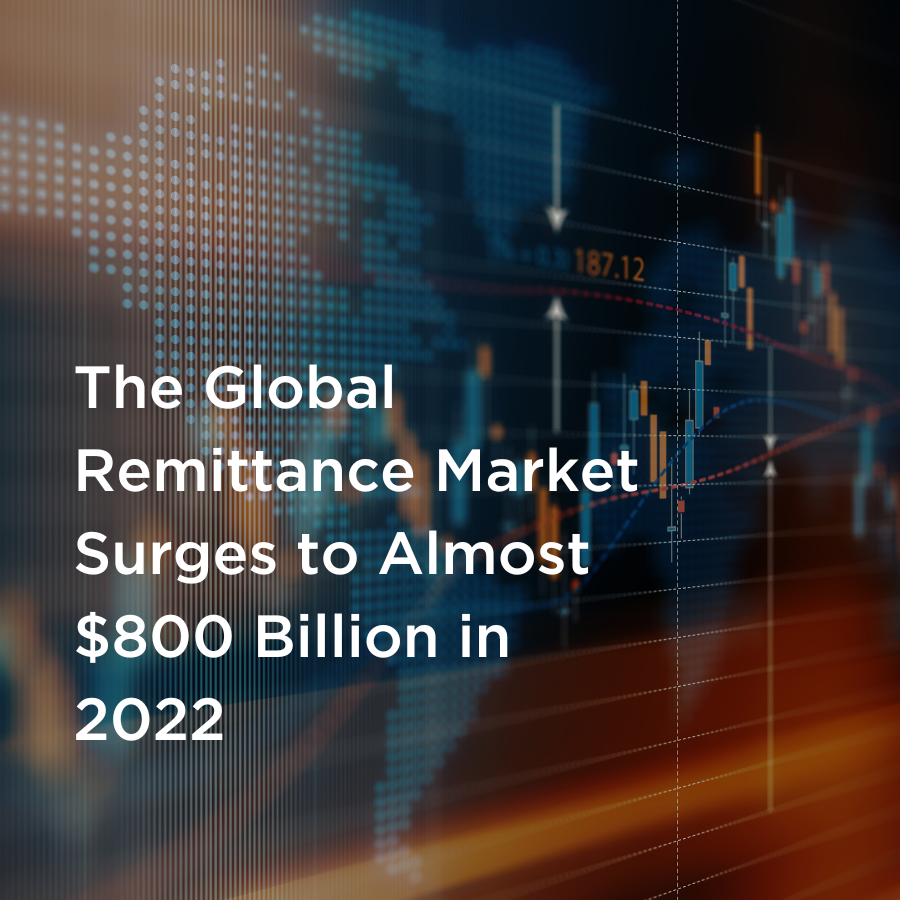





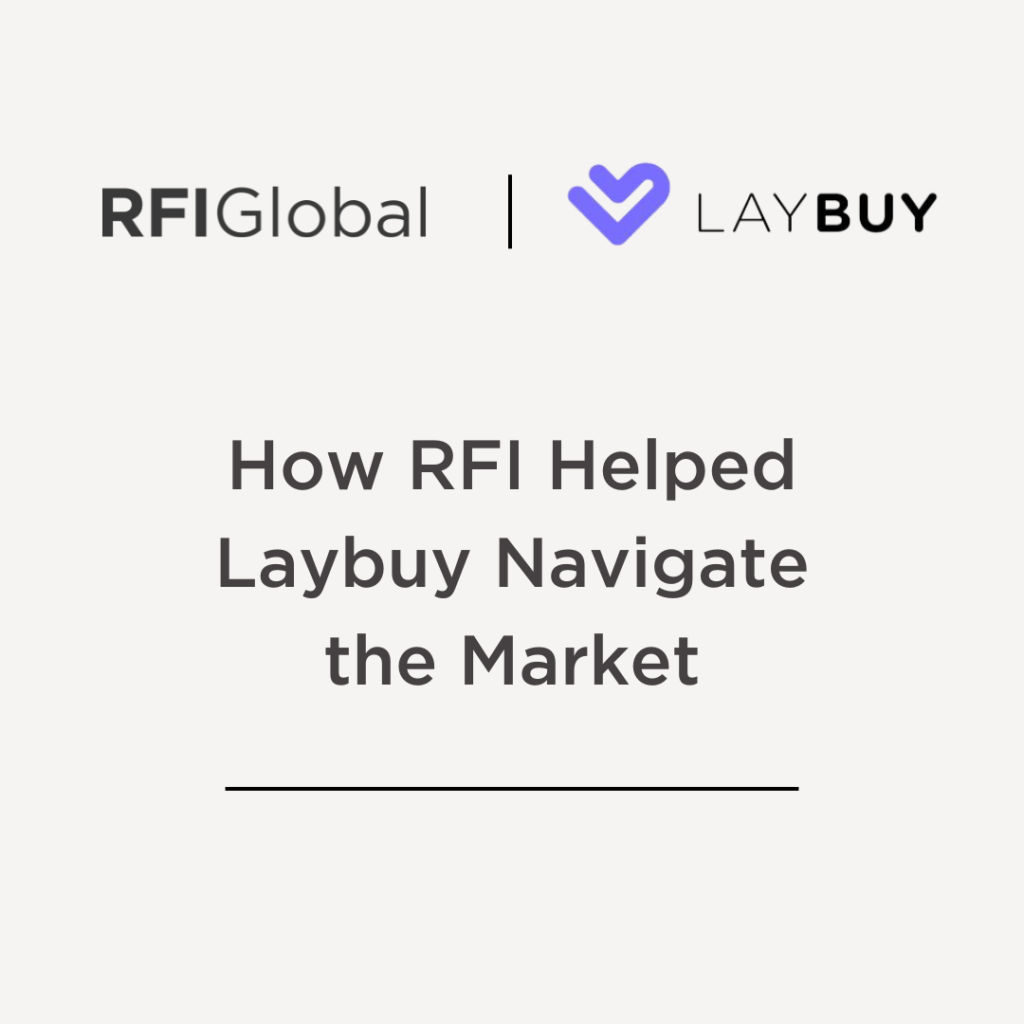
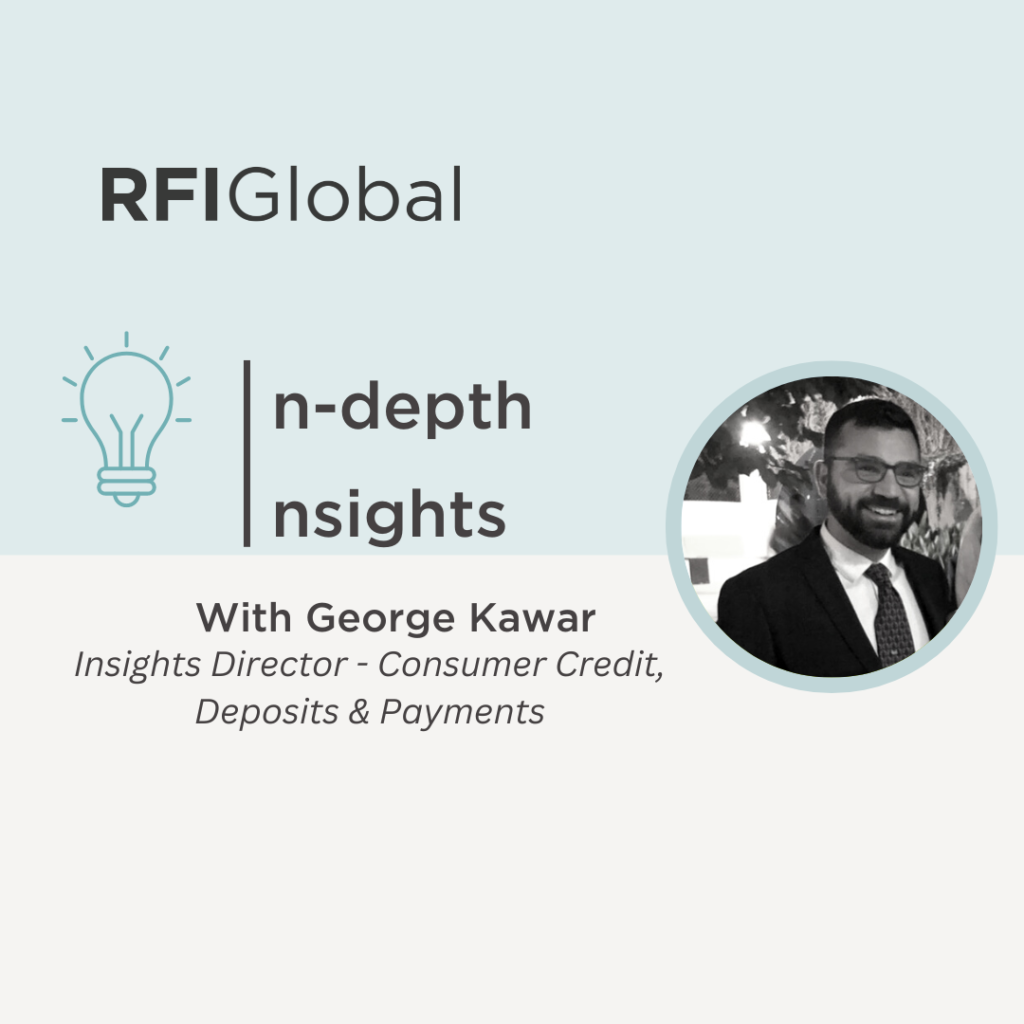







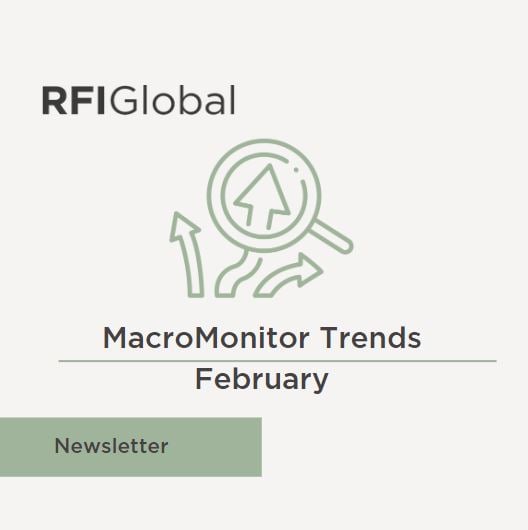


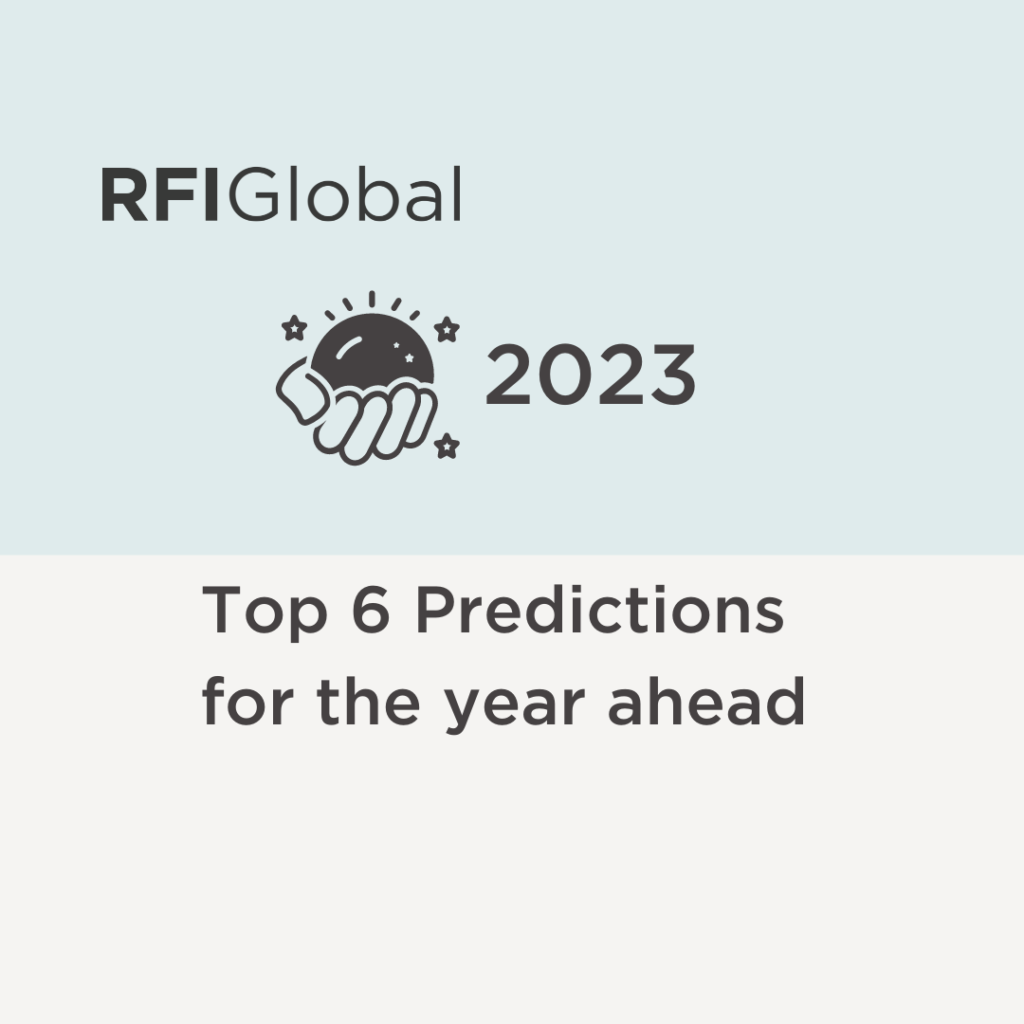










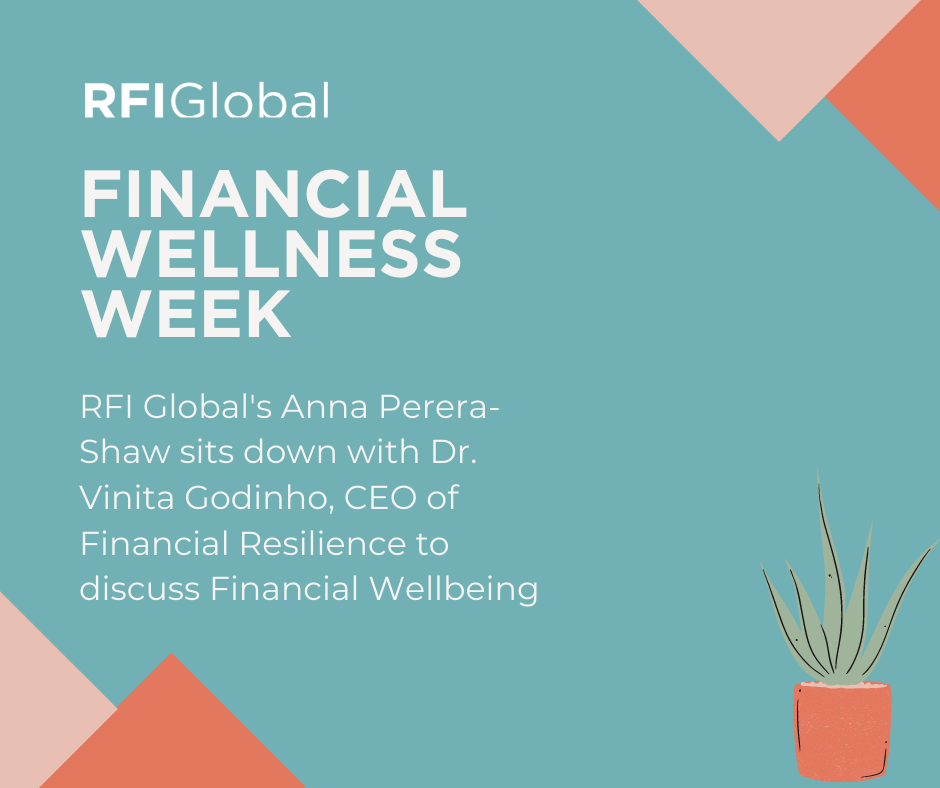
















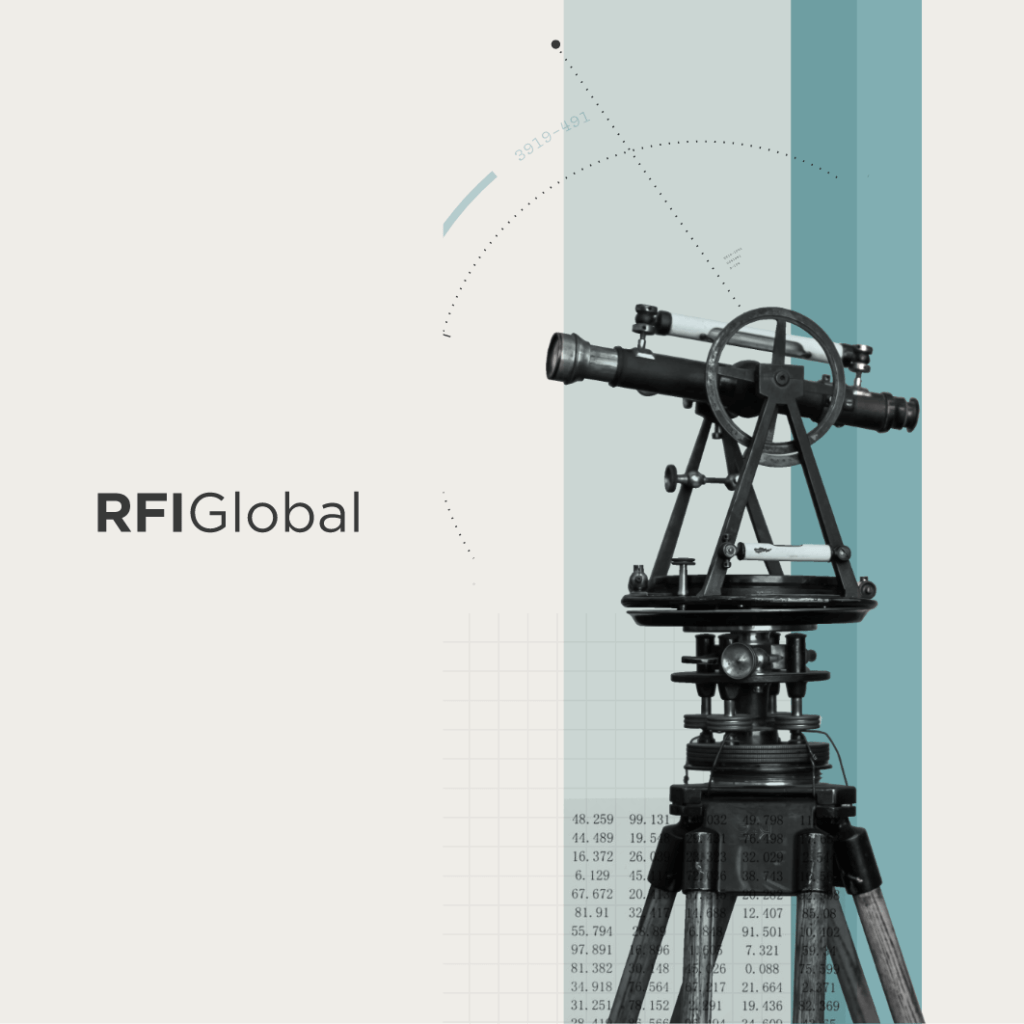


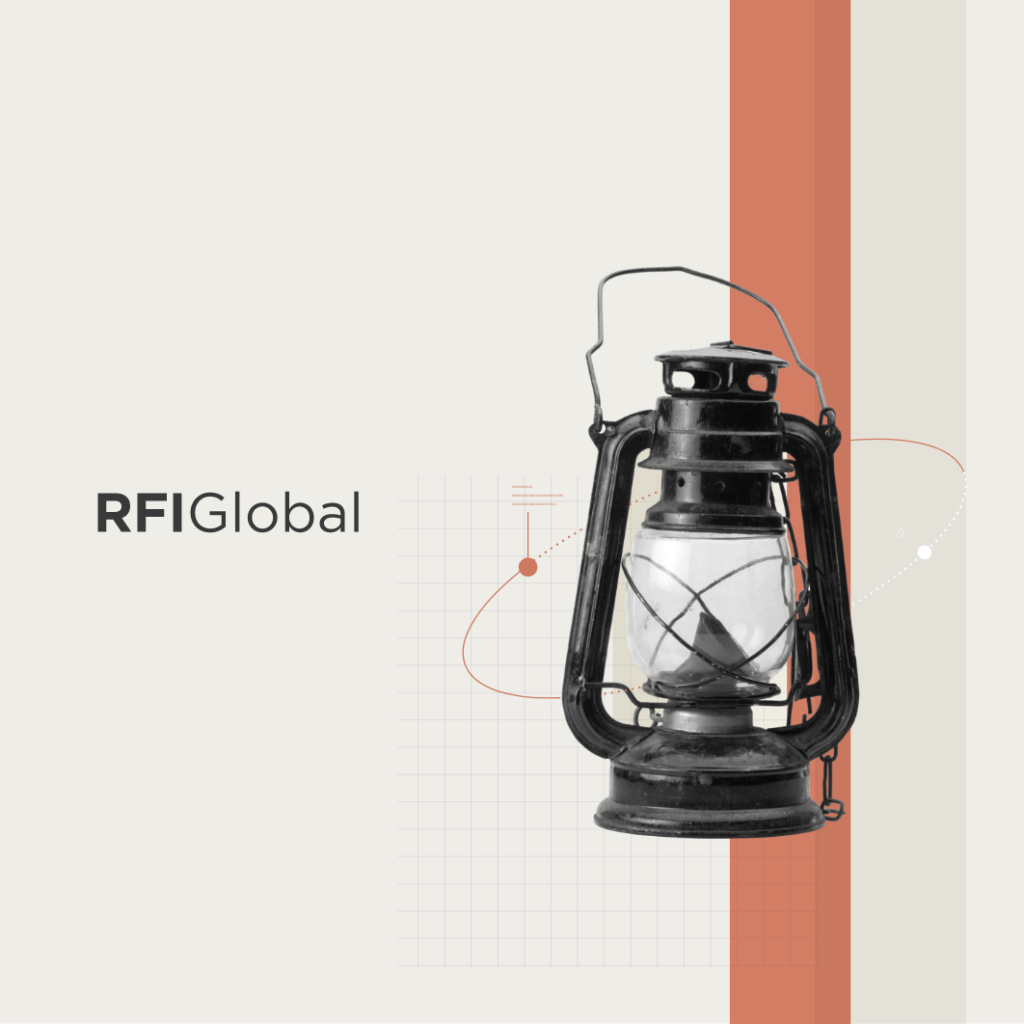

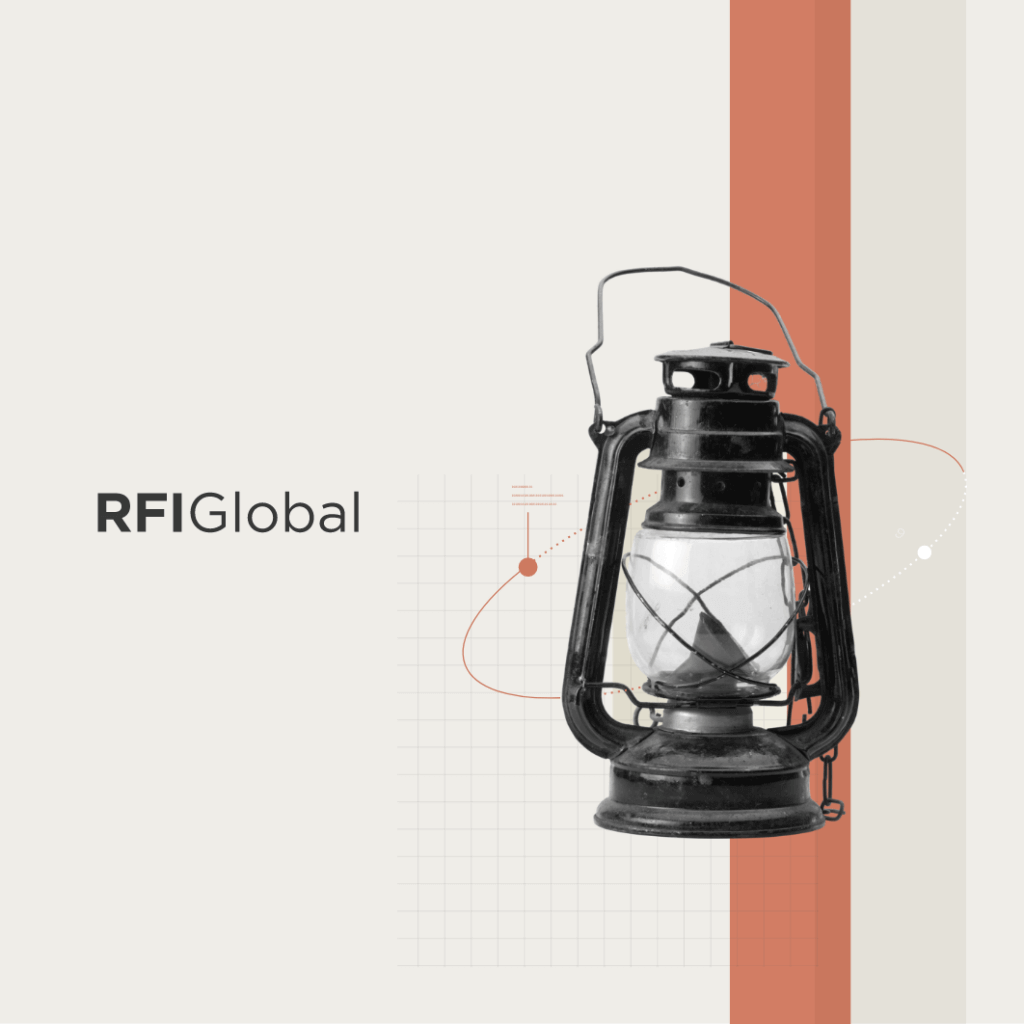
/NQA-ISO-27001-Logo-UKAS.jpg)